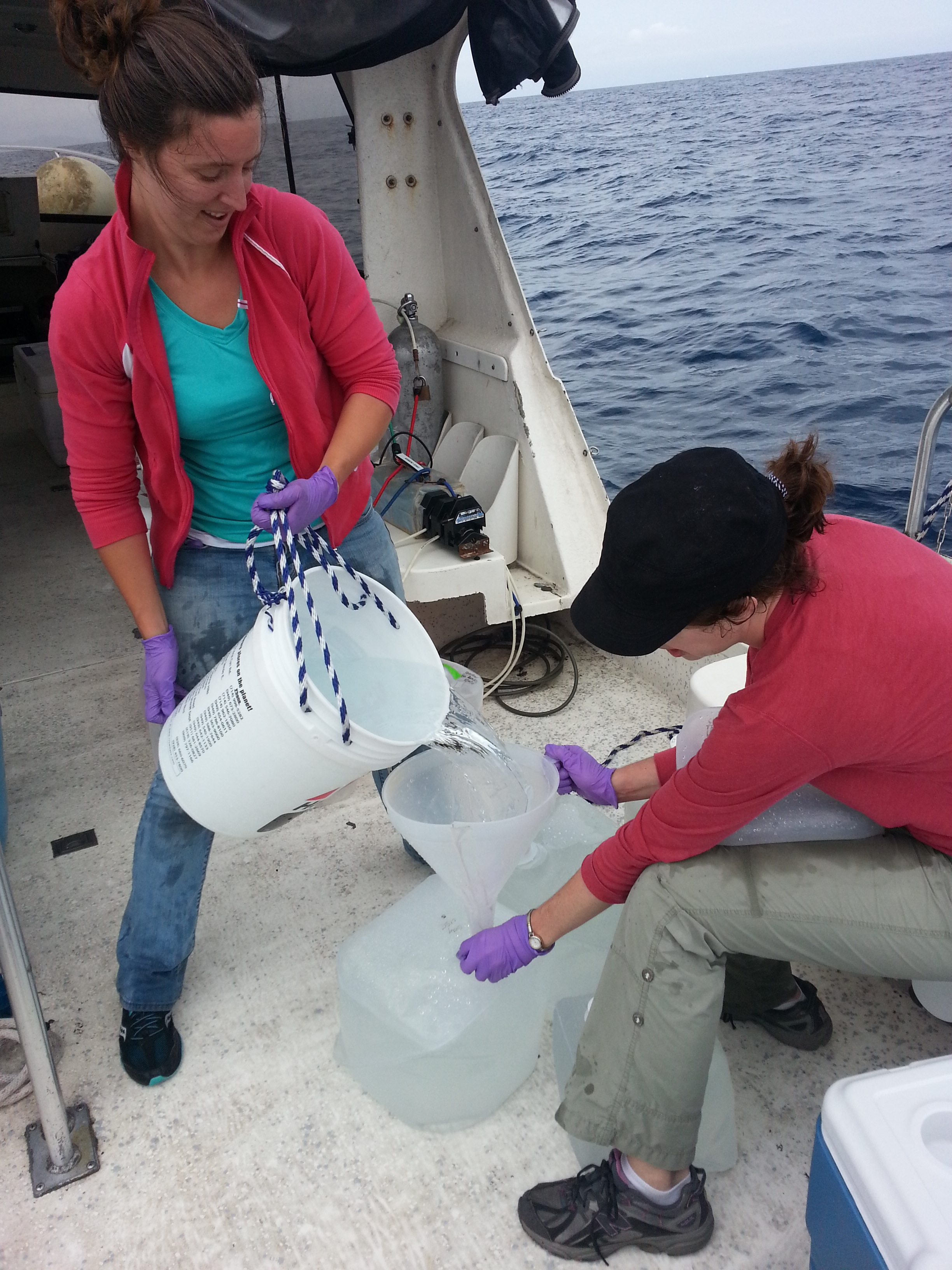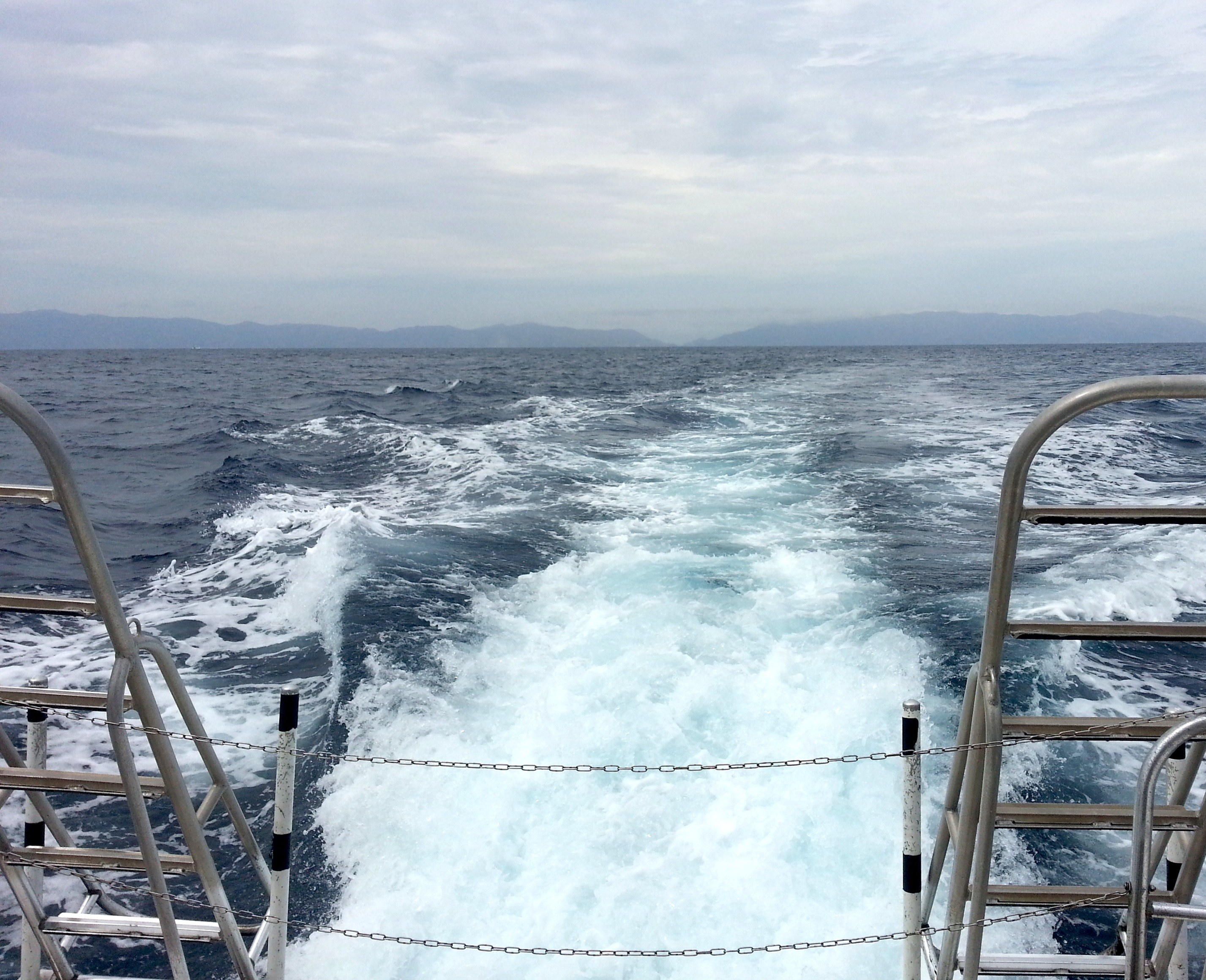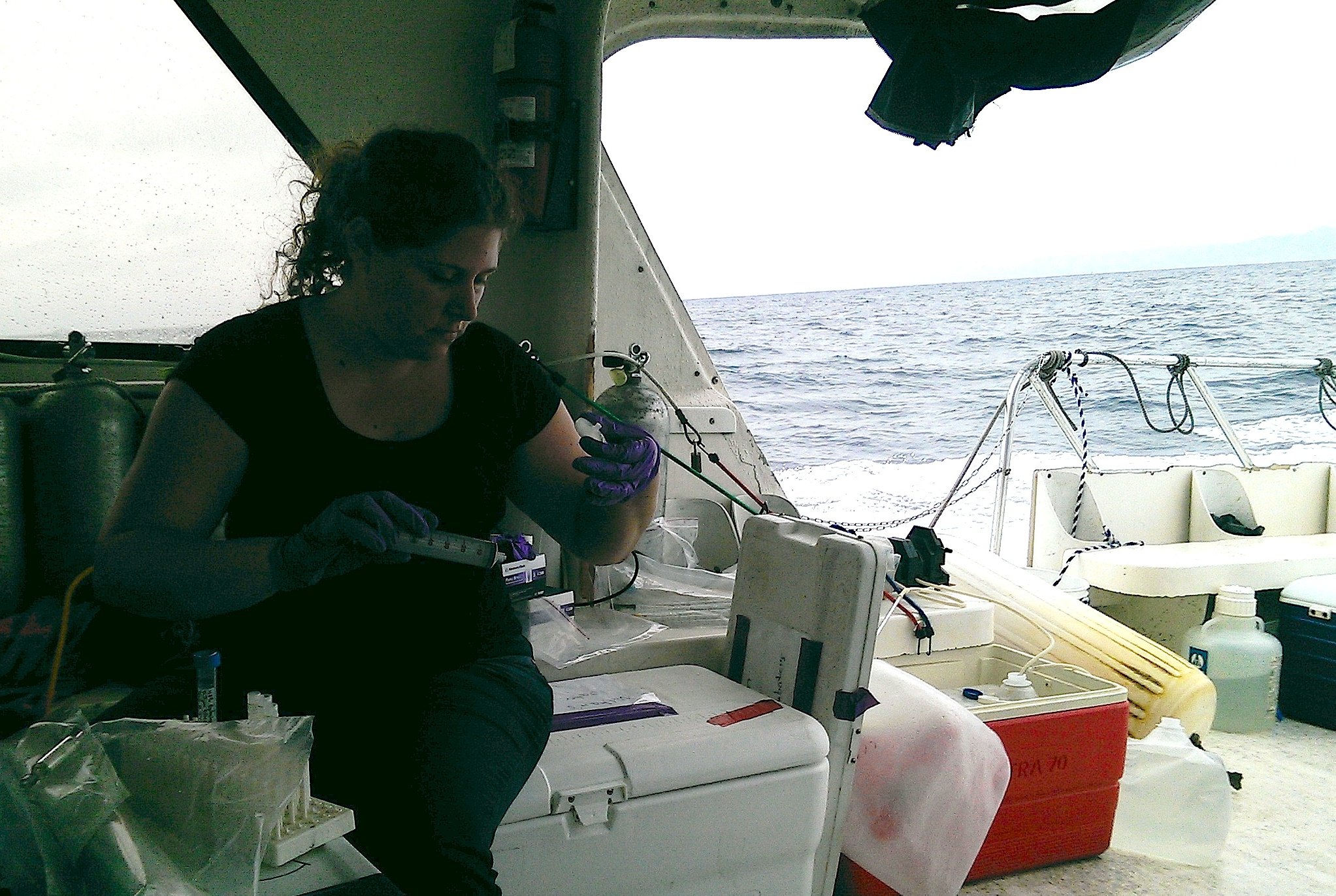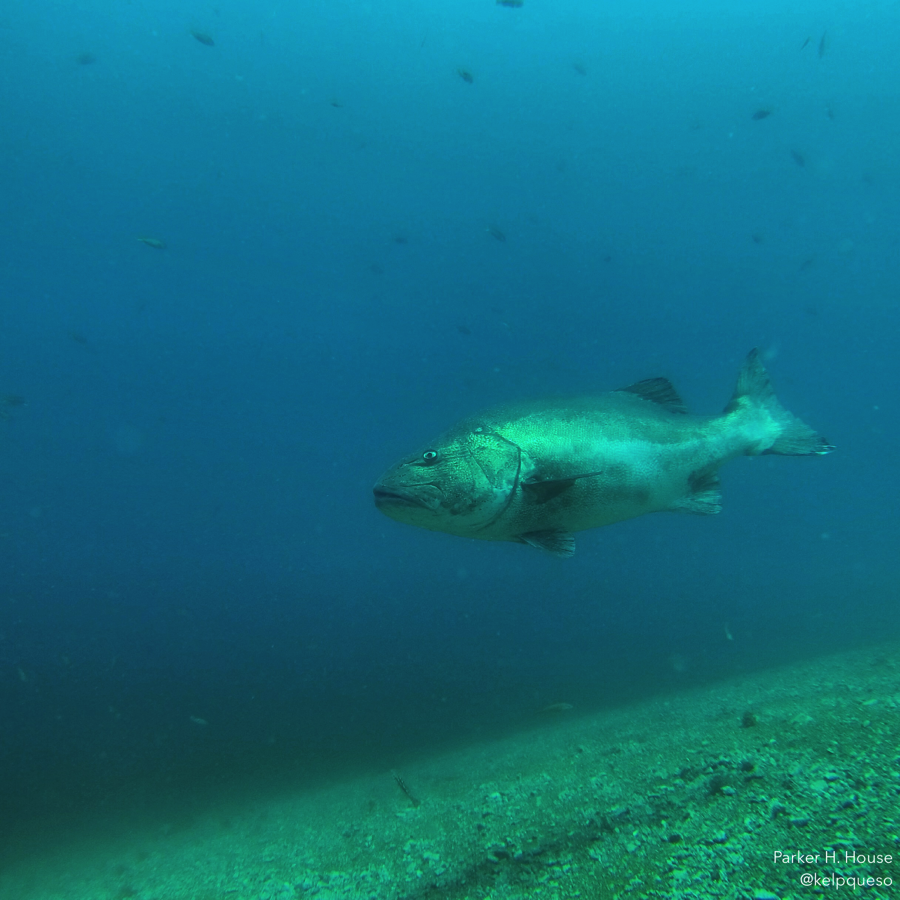By: Ella Sieradzki
Them: Microbes make the world go around. Well, sort of. At the very least, they run all of the chemical and biological cycles in the ocean. Name any molecule or element, and there will be a microbe that can use it for its metabolism, and spit out something else that another microbe can use and so on.
Me: I’m a second year graduate student at the Fuhrman lab, as part of the USC marine environmental biology (MEB) program. I’m also a 2014 WIES Sonoksy Fellow, which supports summer graduate research in environmental themes, alternative energy, and sustainable solutions to environmental challenges. I’m interested in microbial ecology, which is the study of microbial communities (all the species of bacteria, archaea and unicellular eukaryotes, common and rare, which share a habitat). My main focus is how microbial communities are affected by pollution such as fossil fuels, combustion and metals.
Knowing how microbes respond to pollution is not just research for the sake of research. It relates to a field called Bioremediation, in which biological mechanisms are used to decontaminate, or remedy, water or soil. Bioremediation is already in use in waste water treatment, where ammonia oxidizing bacteria and archaea are part of the process of eliminating excess nitrogen in the water. Oil-eating bacteria were used in the past to reduce oil spill damage. Nowadays we know that the microbial community near oil-drill locations such as the Gulf of Mexico already holds the potential for natural bioremediation. This is due to the fact that in areas like these there is always some tiny fraction of oil in the water, which encourages survival of microbial strains which can decompose oil.
Specifically, I am part of a project called Dimensions of Biodiversity. We study three locations in the San Pedro Channel: the Port of LA, the Port of Two Harbors in Santa Catalina Island, and a location halfway between them in the middle of the Channel which we call the microbial observatory, or SPOT (short for the San Pedro Ocean Time Series). The Fuhrman lab in collaboration with other labs in the department has been sampling seawater from various depths at SPOT since 1998. The water was analyzed at the lab to find out which strains of microorganisms are found at each depth. In this manner, we acquired knowledge of how the microbial community changes between seasons and over the years.
Once every three months, we go out on the Sun Diver to collect surface water at SPOT but also at the Port of LA (POLA) and near Catalina Island (CAT). The idea behind this project is that there are different levels of human impact between those locations, with POLA being the most polluted and SPOT relatively pristine. Comparing the microbial communities from these three sites can reveal how microorganisms respond to pollution, which ones thrive and which ones are inhibited. So the first part of my research is just comparing who’s there in each site.
I do this using a method called tag-sequencing, which is based on a gene which exists in all living organisms but is slightly different between strains. This gene is called 16S. If a certain strain is abundant in a sample, then its 16S should comprise a large portion of the total 16S sequences in that sample. This way, you can compare not only which strains are found or not found in each location, but also whether their abundance is different.
The next step, which will take the next 2-3 years, would be to compare not only who’s there but what they are doing using metagenomics and metatranscriptomics. I’m also running side projects dealing with microbial uptake of carbohydrates which are typical of human-related pollution, and resistance of microorganisms from the Port of LA to heavy metals (the latter involves both adding metals to collected seawater, and putting them really close to the speakers while playing Alice in Chains records – just kidding). All of this work is done with the help of my undergraduate assistants Ian and Angelina.
I love my research and hope that it leads me to a career in clean tech in the future. We can all still make this world a better place to live!
Ella is a USC graduate student and a 2014 Sonosky Fellow; learn more about her research with the Sonosky Fellowship at http://dornsife.usc.edu/wrigley/2014-sonoskysummerfellowship/







